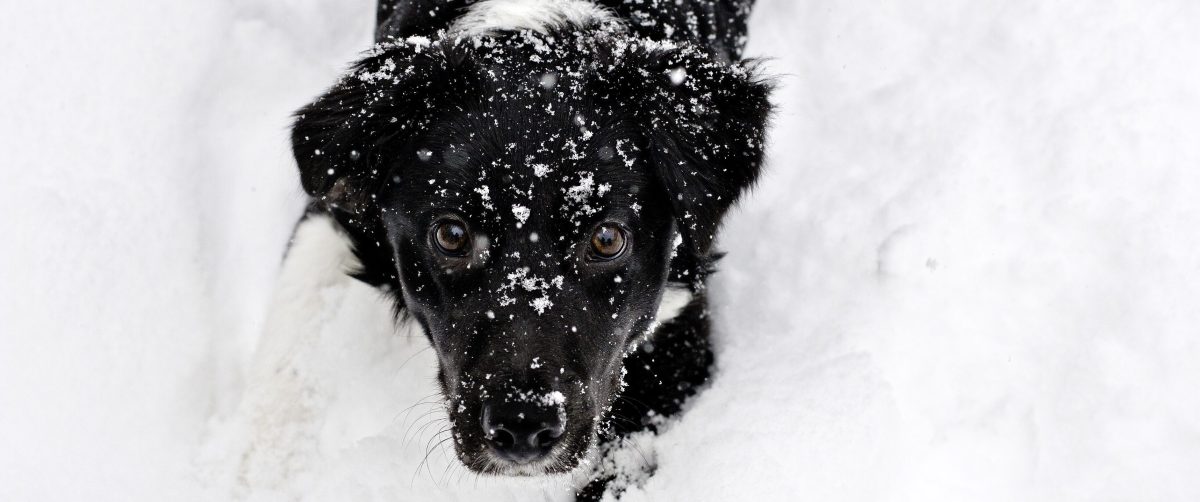The forecast for the last few months of winter is for more intense cold in many parts of the United States.
The American Veterinary Medical Association (AVMA) warns that as the temperatures plummet, the risks to pets go up.
Up North Live broke down some of the risks and steps you can take to keep your pets safe as winter rages on:
Begin with a winter wellness checkup and take care of any vaccinations or tests your pet might need. Each pet reacts differently to cold weather; be aware of their limitations and make adjustments to their daily schedule and plan their activities accordingly.
The AVMA reports: “Long-haired or thick-coated dogs tend to be more cold-tolerant, but are still at risk in cold weather. Short-haired pets feel the cold faster because they have less protection, and short-legged pets may become cold faster because their bellies and bodies are more likely to come into contact with snow-covered ground. Pets with diabetes, heart disease, kidney disease, or hormonal imbalances (such as Cushing’s disease) may have a harder time regulating their body temperature, and may be more susceptible to problems from temperature extremes. The same goes for very young and very old pets. If you need help determining your pet’s temperature limits, consult your veterinarian.”
Don’t forget to check your pet’s paws for signs of cold weather damage or injuries. Salt, ice, and other debris can become lodges between toes and could cause cuts or cracks to form which could lead to painful bleeding. Make sure to wipe down their paws when you’re back inside from walks.
If you’re using space heaters in your living space, use caution as pets could burn themselves as they walk near and could knock a heater over causing a fire. Also keep birds away from space heaters as they could land on the unit and become injured.
Lastly, be aware of your pets mood and behavior. Recognize a shift in either and take action if you feel as though a professional should be involved.
Thanks for reading InsideHook. Sign up for our daily newsletter and be in the know.


















